In an earlier post, we mentioned the recent appearance of mothers with calves in Hervey Bay. Humpback whales do not all migrate at the same time; rather, multiple group types will be predominantly seen at different points throughout the migration.
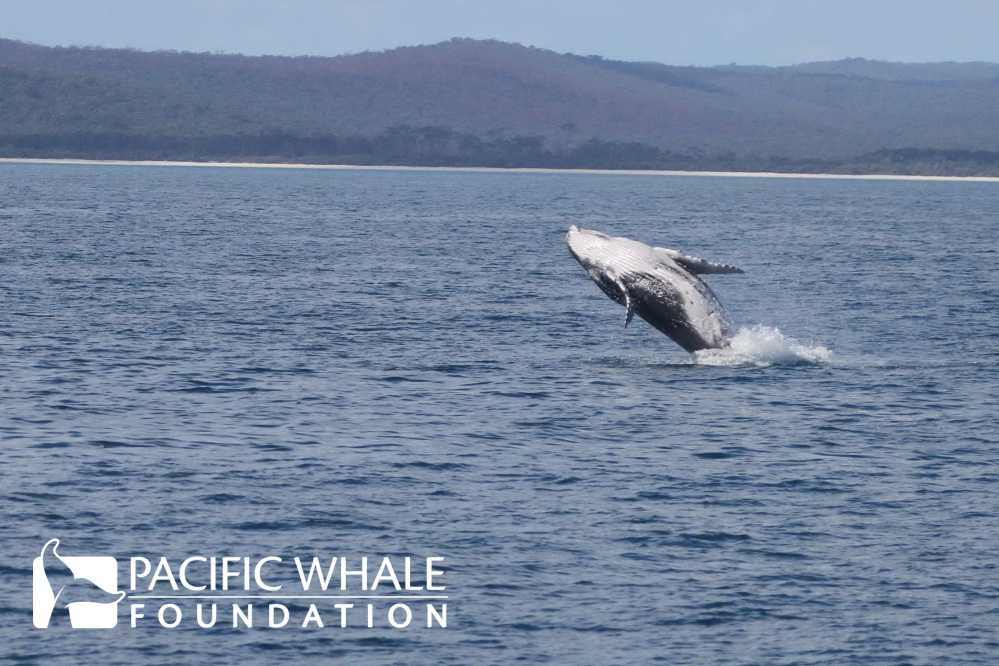
Often the calves seem a bit less coordinated than the adults 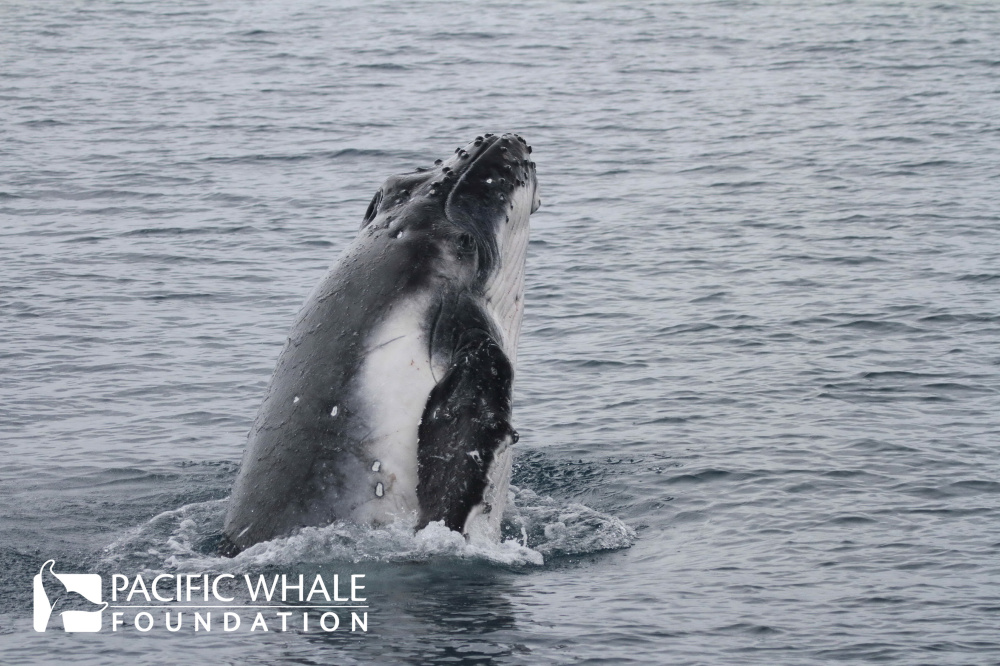
A young calf jumps out of the water in Hervey Bay 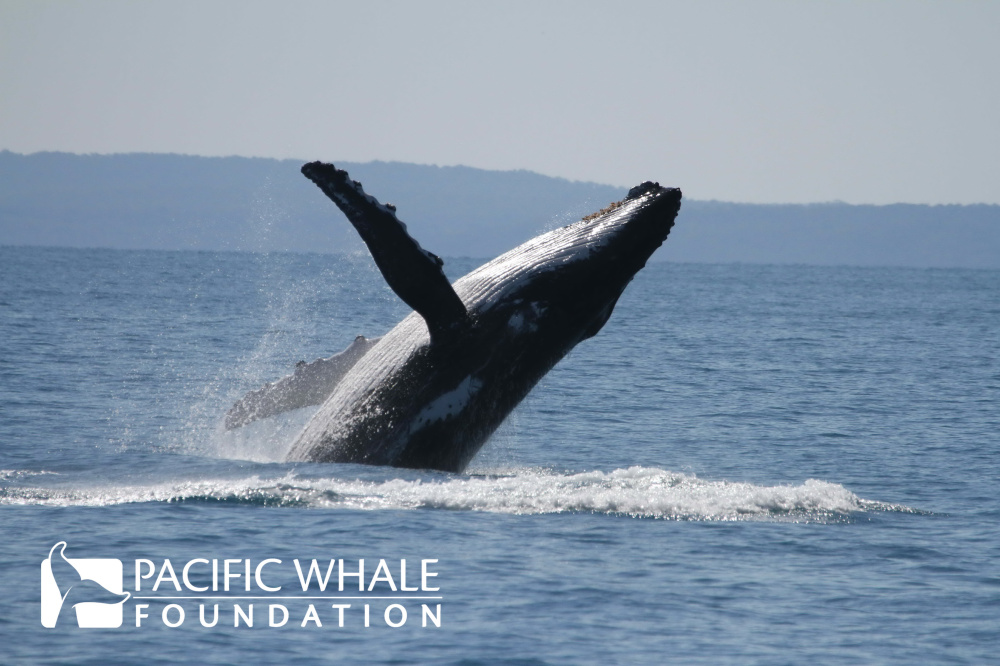
A mother breaches close to her calf (not pictured), perhaps to show it how to do the behavior. 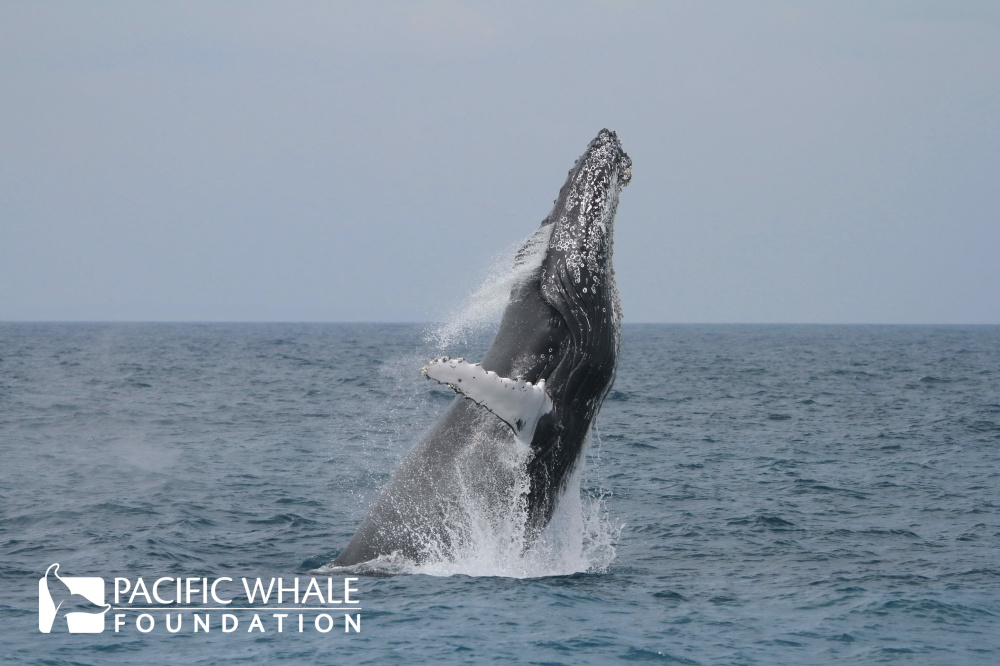
This escort to a mother and calf may have breached to communicate to other whales 
A graceful breach from an adult whale in Hervey Bay
The earliest pulse of whales to arrive in Hervey Bay is sub-adult whales; meaning whales that are sexually mature but have not yet reached their full size. Sub-adults in this area seem particularly curious about the vessels, and the early portion of the season is well known for “mugging” events where the whales approach the vessel. Later in the season, mothers and calves begin to migrate through the area, and the sub-adults continue their migration toward their Antarctic feeding grounds. Mothers with calves tend to stay in the tropical breeding areas longer than the sub-adults, likely to allow the calf more time to build up its muscles and blubber layer before beginning the migration southward. The protected waters on the westward side of Fraser Island provide a safe, sheltered stopover for these mothers to rest and nurse their calves.
Nursing is commonly observed here in Hervey Bay, and occasionally the mothers exhibit an interesting “fluke up” posture while feeding their calves. This behavior is characterized by the mother sticking her tail flukes out of the water and pointing her head downwards. While the mother is stationary in this posture, the calf will dive down to nurse and then pop up to the surface repeatedly for quick breaths of air. Eventually, as with the sub-adults, the mothers and calves will leave the area to continue their migration. It is important for the mother to return to the feeding grounds to replenish her energy stores lost from nursing as well as to properly wean her calf and teach it to feed on its own.
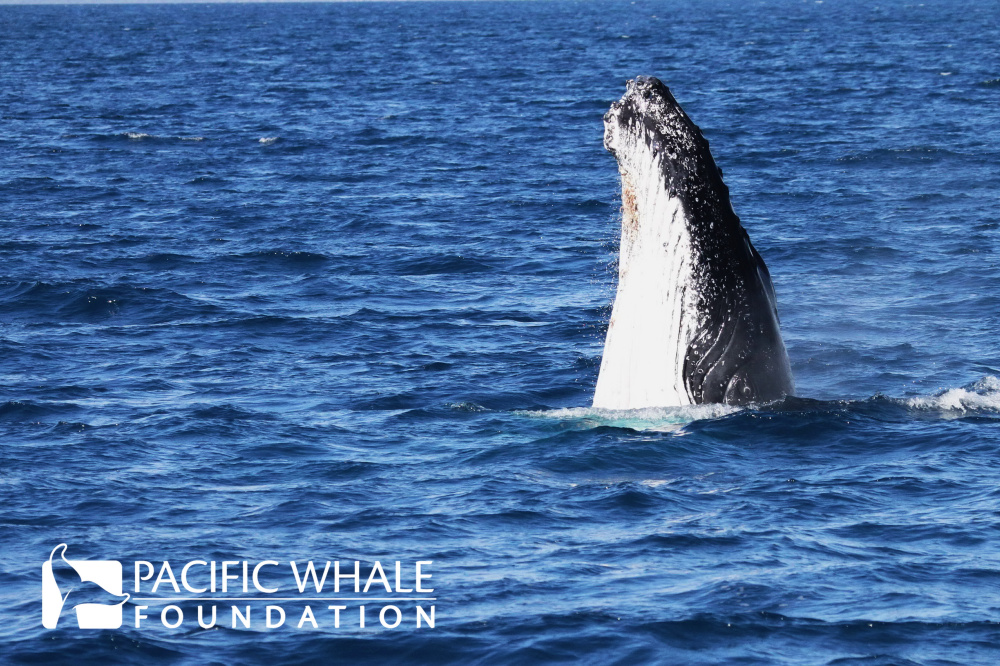
A subadult whale gives a curious spyhop as it looks directly at our boat 
A mother (left) and calf (right) swim towards the boat 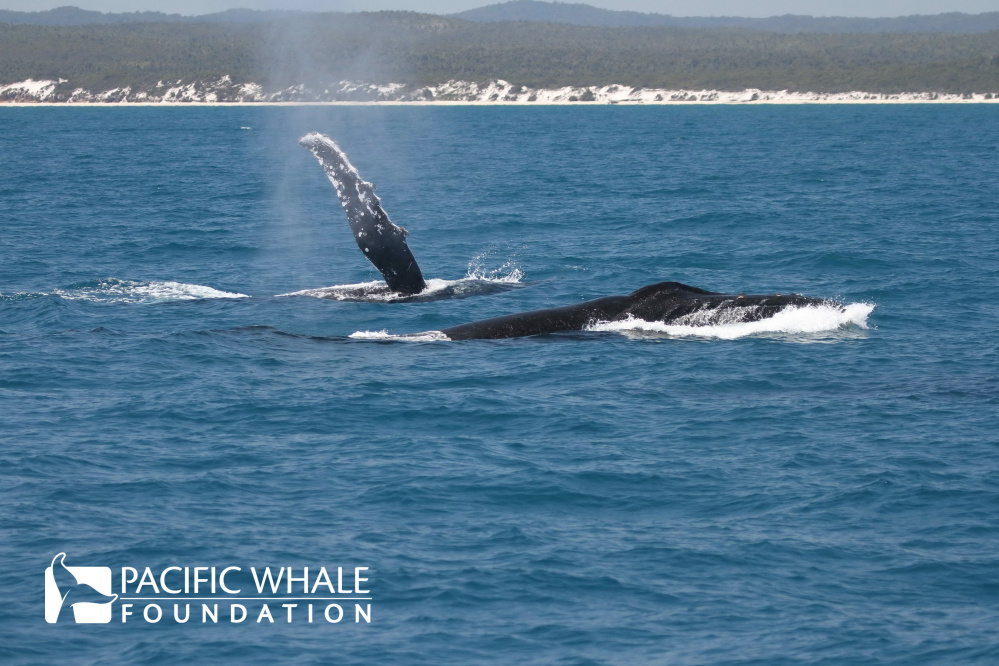
A surface active pod is more typical late in the season. 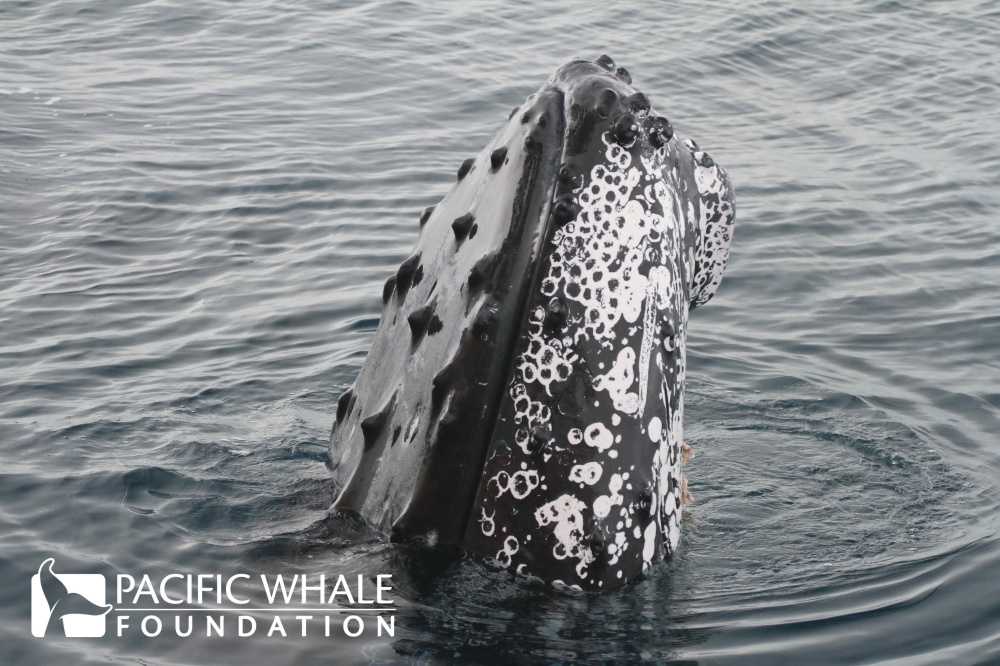
Our researchers got a photo of this subadult’s rostrum during a mugging. 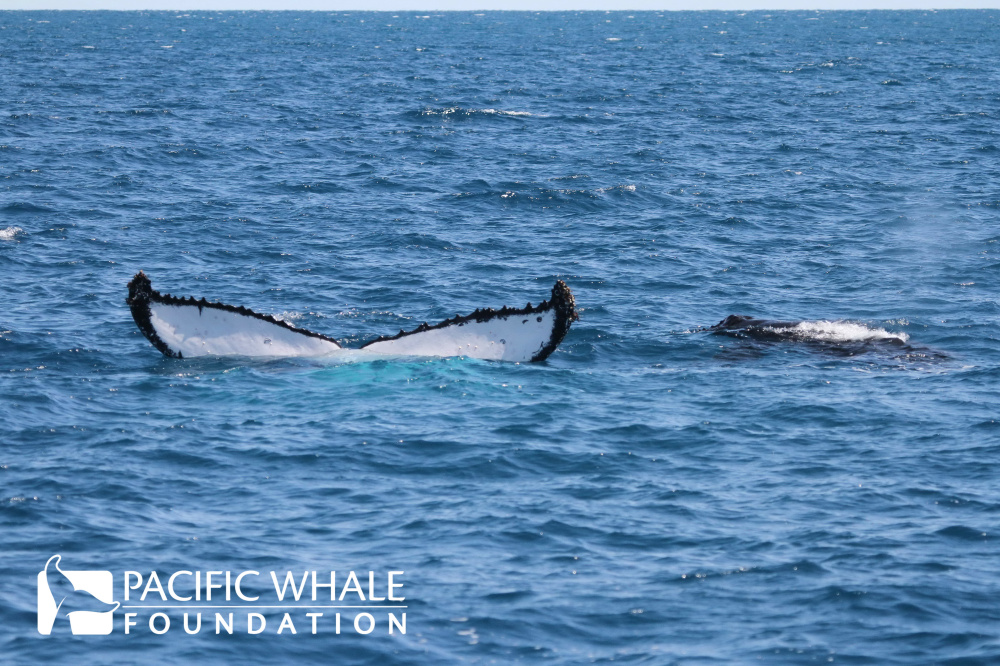
Some mothers exhibit “fluke-up feeding” where they leave their tail flukes out of the water while the calf nurses.
After the bulk of the mothers and calves have left the bay, mature whales will make up the majority of the latest pods in the season. These are whales that remained in the breeding areas the longest, for example, adult males trying to ensure the best chances of mating.
There are interesting trade-offs to consider in such a large scale migration where whales travel away from their feeding grounds, and these trade-offs affect whales differently depending on their sex, age, and reproductive status.
